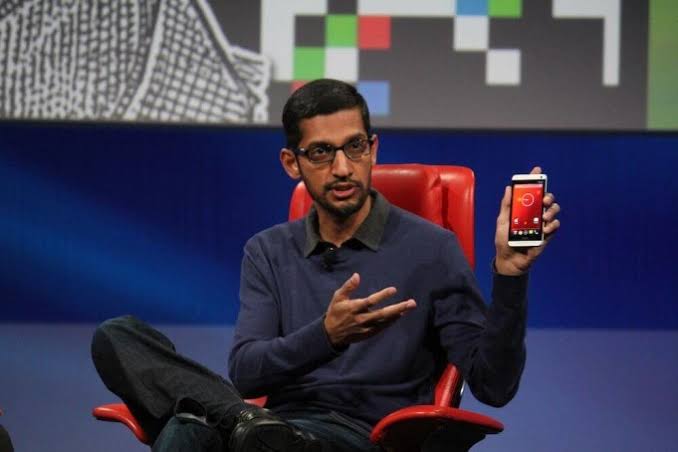As technology advances at an unprecedented rate due to innovation, it is critical that products function flawlessly across a range of devices. This idea is exemplified by Google CEO Sundar Pichai, who said in a 2021 interview with the BBC that he keeps an astounding assortment of 20 phones open at once. This revelation could initially appear too dramatic or even outlandish, but a closer look reveals the strategic justification behind Pichai’s methodology: the unwavering pursuit of customer delight and product quality.
It is impossible to overestimate the importance of Google’s products being optimised for a variety of mobile platforms in the connected world of today, when smartphones are essential tools for work, communication, and entertainment. Ensuring compatibility and performance across a range of devices is crucial for sustaining market leadership and meeting the changing needs of users globally, from the Android operating system to a plethora of Google applications and services.
The fact that Pichai uses 20 phones is not an accident; rather, it is a deliberate tactic resulting from the difficulties associated with contemporary software development and quality control. Every device is an individual configuration that includes different screen sizes, resolutions, hardware specs, and software versions. Pichai and his colleagues obtain tremendous insights into possible compatibility problems, performance discrepancies, and subtleties of the user experience by evaluating Google’s products in this varied environment.
It is impossible to exaggerate the importance of device variety in software testing. The mobile ecosystem is getting more and bigger, with a wider range of manufacturers, models, and form factors. This makes it difficult to maintain consistency and dependability in such a diverse environment. Pichai’s methodology demonstrates a dedication to precision and diligence, which are critical qualities in a field marked by swift changes and unrelenting rivalry.
Furthermore, Pichai’s active participation in device testing highlights his excellent leadership abilities and dedication to quality. Immersing himself in the complexities of product performance across many platforms shows that he is eager to set an example and has a deep grasp of the difficulties that Google’s development teams face. In a time when being an executive leader is sometimes associated with having a distant supervisory role, Pichai’s style encourages accountability, teamwork, and ongoing development within Google.
Pichai’s multi-device strategy is significant for the future of innovation and technology, even outside the domain of software testing. Thorough testing and optimisation are even more crucial as smartphones develop to include ever-more-advanced technologies, such as artificial intelligence and augmented reality. Google can sustain its competitive advantage and break new ground in terms of functionality and user experience thanks to Pichai’s embrace of device diversity as a fundamental principle of product development.
In addition, Pichai’s strategy is a powerful representation of Google’s dedication to accessibility and inclusion. Google makes sure its products work as well as possible across a wide range of devices, so people can use its services and access them no matter what platform or device they prefer. Google’s commitment to closing the digital divide and promoting fair access to technology for all is demonstrated by Pichai’s multi-device strategy in a world where digital inclusion is becoming more widely acknowledged as a fundamental human right.
To sum up, Sundar Pichai’s disclosure about using 20 phones for testing purposes provides an intriguing look into the challenges of contemporary software development and Google’s unwavering commitment to quality. Pichai’s multi-device approach is not just an eccentricity; rather, it is a strategic imperative based on the pursuit of technological innovation, customer delight, and product quality. Pichai’s strategy is a beacon of hope for Google as it continues to reshape the technological landscape by showing the way towards a more user-centered, inclusive, and accessible online environment.
Here is the link of the post :-



[…] Beyond the Screens: Sundar Pichai’s Multi-Device Strategy for Innovation […]